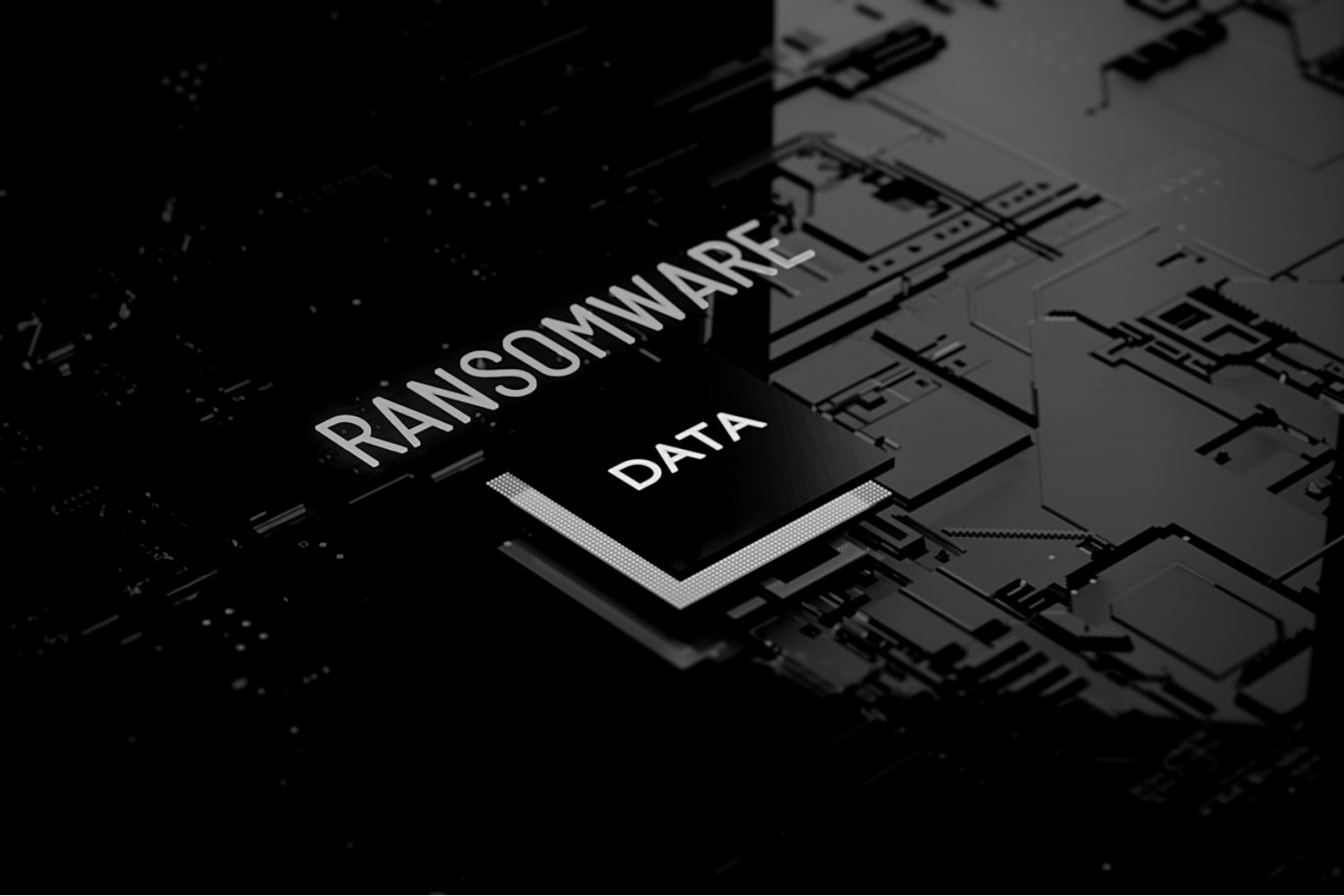Introduction
Ransomware is no longer a simple threat; it’s a global criminal enterprise targeting businesses of all sizes. While many organizations believe their backups are an insurance policy against cyberattacks, the reality is far more dangerous. Hackers are specifically designing attacks to locate, encrypt, or delete backups before triggering the ransom payload. The result? Companies are left paralyzed with their data, backups, and operations held hostage.
This post will uncover how modern ransomware bypasses traditional recovery strategies, and how EXIGENCY’s on-prem architecture creates true resilience where cloud-based solutions fail.
Backups Are the First Target, Not the Last Defense
Cybercriminals are no longer content with just encrypting your production data; they’re now destroying your backup infrastructure as well. Modern ransomware strains include logic to search for connected backup volumes, network drives, and even backup software APIs. Once detected, these backups are encrypted or deleted, ensuring you have no recovery path.
This is especially common with cloud-connected backup systems, where attackers gain access via lateral movement or credential theft.
Why Cloud-Based Backups Often Fail
Businesses are lured by the convenience of cloud backups, but convenience comes at the cost of control. Cloud backup providers often use shared infrastructure; if attackers compromise an account, they can often gain access to backup versions, metadata, and sometimes even deletion privileges. Additionally, misconfigured cloud storage buckets or exposed APIs give attackers the ability to modify or delete backups remotely.
And worst of all? The recovery process from cloud backups is slow, expensive, and sometimes incomplete, especially during a ransomware crisis.
The Myth of “Air-Gapped” Protection
Some organizations believe they have “air-gapped” systems by segmenting their backup networks; however, software-based backup solutions still often require credentialed access across those boundaries. Once ransomware infiltrates the domain controller or gains access to service credentials, even air-gapped storage is vulnerable.
The real air gap comes from physical, offline, or externally rotated backups. Something few cloud or hybrid systems offer by default.
Immutable Backups: Not Always Immune
While immutable storage (unchangeable backups) is a growing trend, it’s not foolproof. If the immutability is managed by software that can be reconfigured, attackers can disable it before deploying ransomware. Moreover, attackers now spend weeks inside a network undetected; they may disable alerts or corrupt configurations well before executing the attack.
Immutable backups should not be your only line of defense; they must be part of a layered, controlled, and well-audited strategy.
FINAL THOUGHTS: WHY EXIGENCY ON-PREM BACKUP STRATEGIES WORK
EXIGENCY builds custom on-prem backup architectures with segmented VLANs, zero-port exposure, and physical rotation of backup media; this creates a truly defensible recovery layer. We configure hardened backup servers that are not part of the AD forest, inaccessible from standard user or service credentials, and tested for full system recovery quarterly.
By removing reliance on third-party cloud services and implementing zero-trust segmentation, EXIGENCY delivers the peace of mind your organization needs when facing modern ransomware threats.






No comment